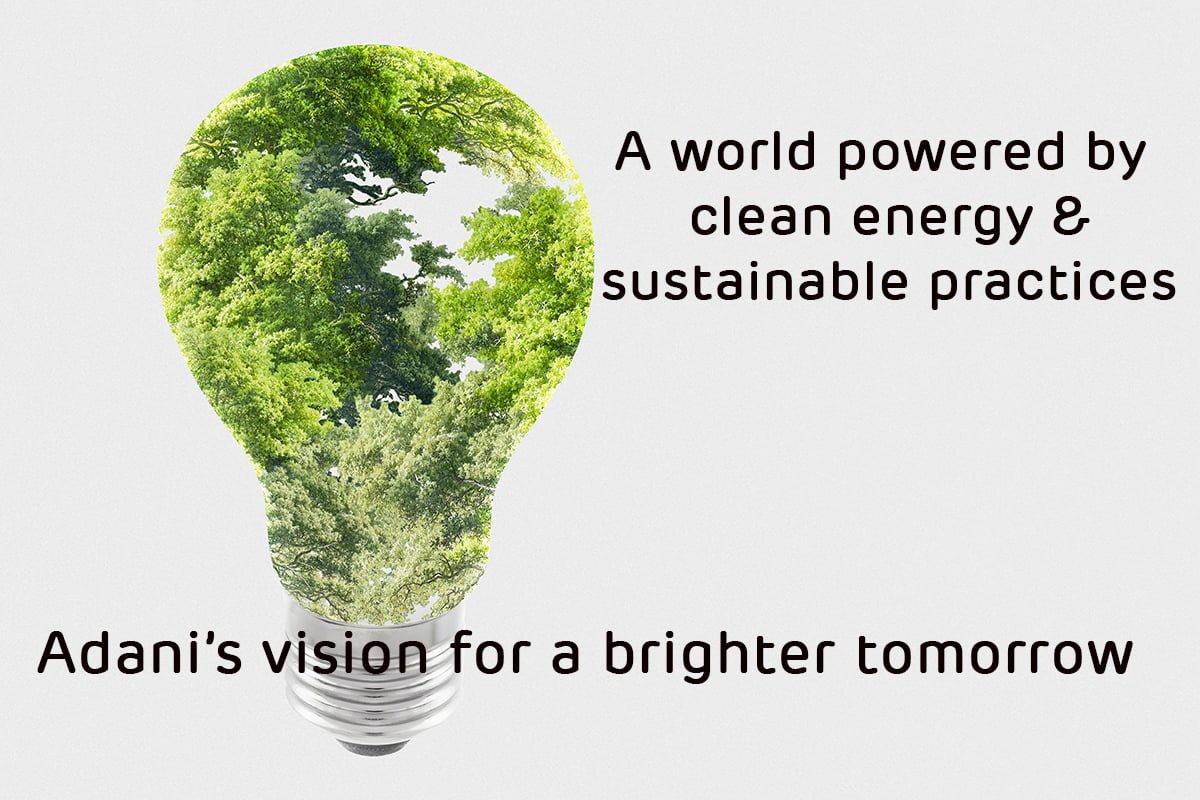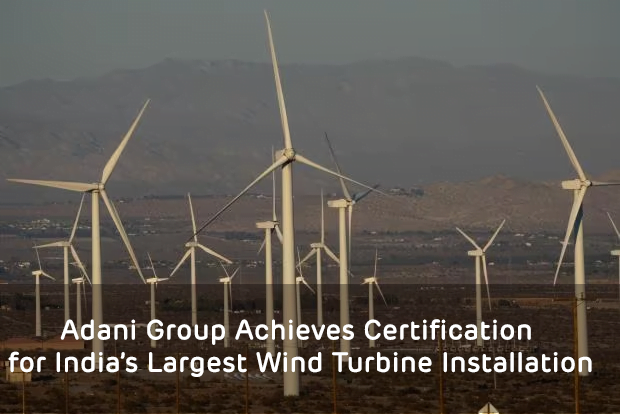Around 90% of the world’s power needs should come from renewable energy (RE) by 2050, according to an estimate by the International Renewable Energy Agency (IRENA). This would require an investment of more than $4 trillion globally on an annual basis – RE forming the larger chunk of the energy mix, states a report prepared under India’s G20 Presidency.
Would this mark the end of fossil fuels? Maybe it is already the “beginning of the end for the fossil fuel era”, feel some climate analysts. According to them, “Annual emissions may have peaked in 2023 as the net zero mission intensifies.” Ahead of COP28, the United States and China agreed to triple the global RE capacity by 2030. Their aim is to replace fossil fuels with RE in power generation and realise significant cuts in power sector emissions, according to their joint statement. After the U.S. and China, India is the third-largest global emitter of CO2.
India has set an ambitious target of achieving 500 GW by 2030. To reach this milestone, it will have to add at least 50 GW of renewable energy capacity annually for the next six years, say experts. In 2023-24, we added 18.48 GW. The number maybe half the expected figure but it is over 21% higher than 15.27 GW a year ago, as per data from the Ministry of New & Renewable Energy.
By the end of this decade, 50% of the country’s energy needs would be met by renewable sources, including solar and wind power, Prime Minister Narendra Modi has said. He pledged in 2021 that India would achieve net zero emissions by 2070. As a growing major force in the global energy economy, India’s energy consumption has more than doubled since 2000, propelled by a growing population. In less than two decades, over 900 million citizens have gained a power connection, as per the IEA’s Energy India Outlook report. Rapid growth in industrialisation and urbanisation will increase the demand for energy in the coming years.
The Adani Group’s shift to clean energy is in line with India’s ambitious climate targets. Adani Green Energy Limited (AGEL) aims to contribute 9% to the government’s target of 500 GW. The world’s largest solar developer and the country’s largest renewable energy company plans to generate around 30 GW from its Khavda project – the world’s largest energy park – in Gujarat. The company has already operationalised 1,000 MW of solar energy at this plant. A robust power transmission infrastructure is taking shape in the form of a green energy corridor.
AGEL has surpassed 10,000 megawatts (MW) of operational portfolio, delivering reliable, affordable, and clean power to the national grid. “What started as a mere idea to explore clean energy has now achieved a phenomenal 10,000 MW in installed capacity in less than a decade,” said Adani Group Chairman Gautam Adani. “This achievement is a demonstration of the rapidity and scale at which the Adani Group aims to facilitate India’s transition to clean, reliable and affordable energy.”
AGEL’s operational portfolio has the capacity to power millions of homes and simultaneously avoid millions of tonnes of CO2 emissions. It is setting a precedent for how innovative technology, execution capabilities, digitisation, a robust supply chain network, and long-term infrastructure financing, combined with sustainable practices, can drive the clean energy transition and decarbonisation on a giga scale.
India will require a huge amount of energy to fulfill its economic development plans in the coming years. As the country grows and develops, the demand for power is bound to shoot up. The government has introduced initiatives to promote renewable energy. Government policies, particularly financial support, are hugely influential in determining how the sector develops, including the direction of private sector investments, energy access, and the benefits and costs for the people, say analysts.










